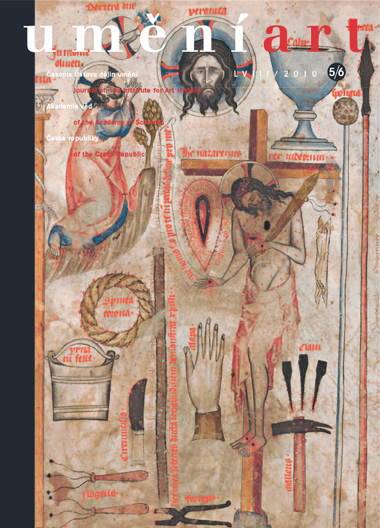Robert Simonišek
Traces of Czech Art Manifested in the Works of Slovene Painters at the Beginning of the 20th Century
This article focuses on a number of significant connections between Slovenian and Czech painters at the beginning of the 20th century, illustrating them with concrete examples of works. The phenomenon of influence within this circle has not yet been analysed systematically because most of the Slovenian experts focused on the influence of Vienna, which was at that time still the strongest artistic centre. Despite this fact the influences in the Slavic circle are in 'pan-slavism period' diverse but evident. On the one hand, an iconographic sense Czech painters presented interesting solutions for the Vesna Group members (painters Saša Šantel and Maksim Gaspari), who noticed some works by their Slavic contemporaries in Vienna. The Vesna painters saw confirmation in the works of the Slavic artists and in what way the new model of painting should turn and escape from academic realism. They recognised this model of painting in the works of Joža Uprka. On the other hand, Prague represented an important turning point for those Slovenian artists who studied there. Meeting Alphonse Mucha was crucial for the painter Ivan Vavpotič. The impact of his modern Secessionist style can be seen in Vavpotič's early illustrations and even in later works, when he had already returned to Ljubljana. The painter Fran Tratnik, who admired the works of his teacher Hanuš Schwaiger, was influenced by the general atmosphere of his early works. In fact, Tratnik adopted his passion for dark themes and emphasized the iconography of a traveller, which was typical of Schwaiger. For the expressionist painter Božidar Jakac the connection with his teacher Auguste Brömse was very important, while the Prague environment with its architecture and citizens formed the background for the majority of his motifs. Taking in concern this facts it should be noted that at the beginning of the 20th century Slovenian painters finally managed to escape from the dominant Austro-German and Italian influences that had been present in art on Slovenian territory for centuries.
Full-text in the Digital Library of the Czech Academy of Sciences:
https://kramerius.lib.cas.cz/uuid/uuid:0ab29477-6fdc-5aea-2c36-e2da661be271
< back

